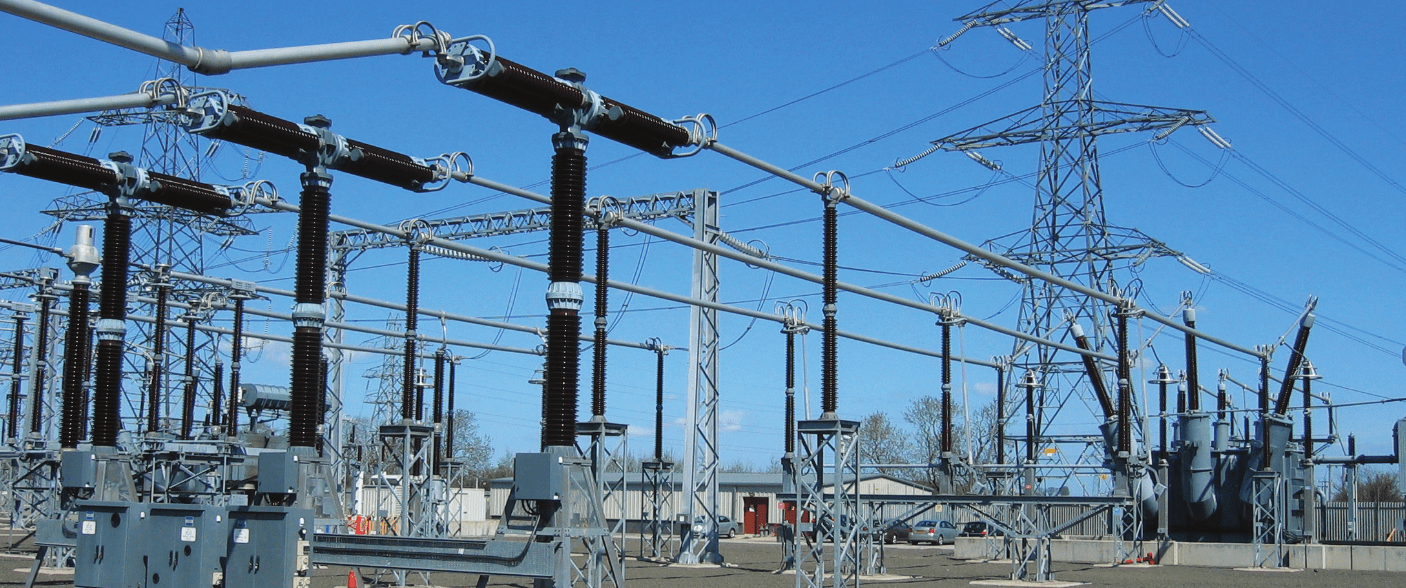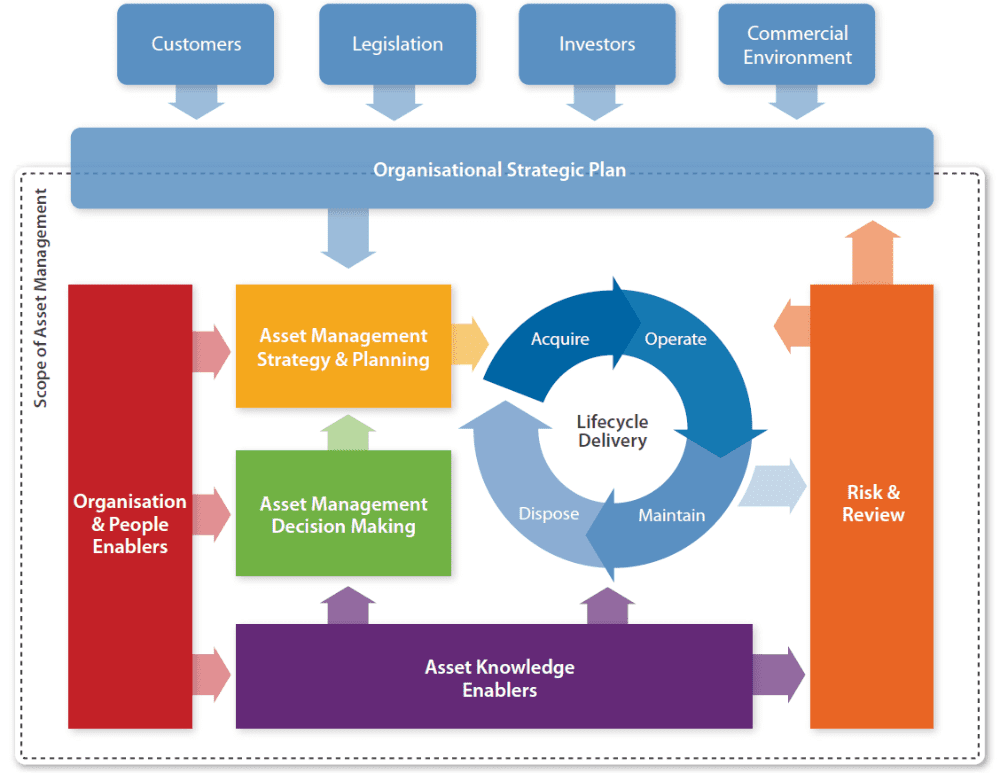Transmission and Distribution Network Asset Management in Practice Balancing Asset Performance, Costs, and Risks in transmission and distribution networks

Electrical network operators are responsible for delivering high service quality at controlled cost levels, while limiting risks within acceptable boundaries. Driven by the need for efficiency, effectiveness, risk control and transparency, one of the crucial challenges is to operate an asset management system which is financially and technically balanced, which safeguards business values and which satisfies stakeholder interests.
Asset management is thus moving up the agenda of today’s utilities. A new framework was established with the introduction of the ISO 55000 standard in 2014. But alongside embracing a framework, successful implementation requires risk-based decision processes and project portfolios, supported by reliable data and adequate information systems. It also needs continuous process monitoring and improvement. And it involves a change of mindset, embracing new habits (and letting old ones go).

Course Objective
This three-day training course provides an insight into modern network asset management, familiarises you with the concepts and practices of risk management and risk-based decision-making, provides a clear picture of the supporting processes, methods and tools, shows how technical processes fit in, and teaches you how to apply and implement modern asset management concepts in the day-to-day practice of a (transmission or distribution) network company.
Course Outline
- General introduction to asset management
- Context, history, drivers, business values, KPIs, mission, strategy & policy, asset management process & organisation
- Risk-based asset management
- Hazard, probability & impact, risks, risk matrix, risk appetite, risk management (identification, analysis, mitigation), feedback & improvement
- Strategic asset management plan
- Stakeholders, trends, risks, policy, objectives, strategy, forecasting, planning, portfolio, budgeting, resources
- Asset management framework and standards
- Asset management framework & model, ISO 55000 standard, auditing, gap analysis, maturity scoring, certification
- Asset management implementation
- Process, phasing, aspects, organisation, process, culture, quality control, continual improvement, asset-related IT systems, data analytics
- Technical asset management processes
- Specification & quality assurance, maintenance & maintenance improvement, lifetime & replacement, condition & remaining life assessment, health indexing, failure investigations
Course Benefits
After this training you will have a better ability to:
- Understand modern network asset management and recognise the strengths and weaknesses of your operation/ organisation
- Recognise and analyse risks, make risk-based decisions, and optimise and apply the supporting processes, methods and tools
- Apply modern asset management concepts in the day-to-day
practice of a transmission or distribution network company
Training Format
The training will consist of classroom lectures combined with interactive sessions and exercises, where participants will train asset management skills and exchange experiences with fellow participants.
